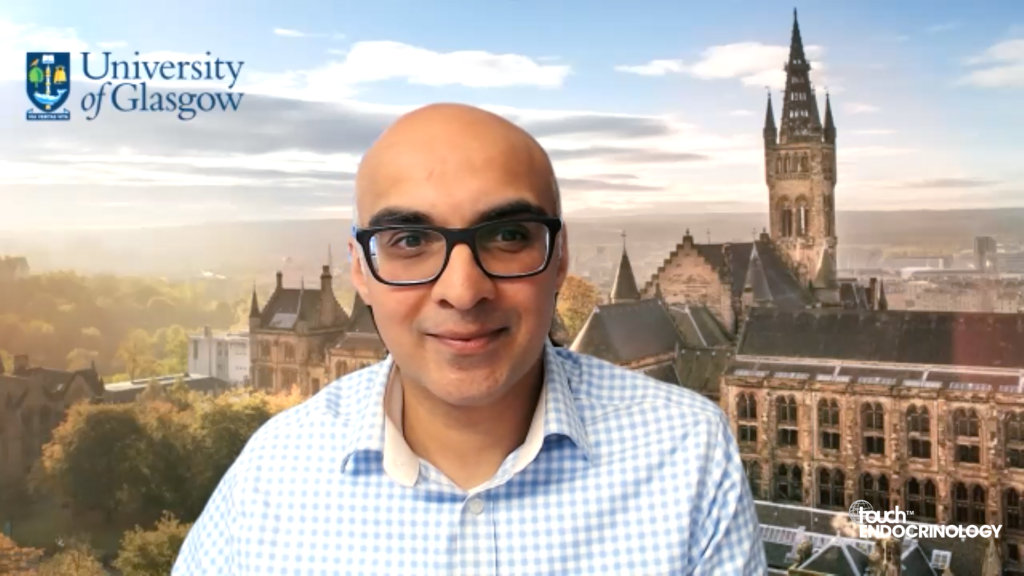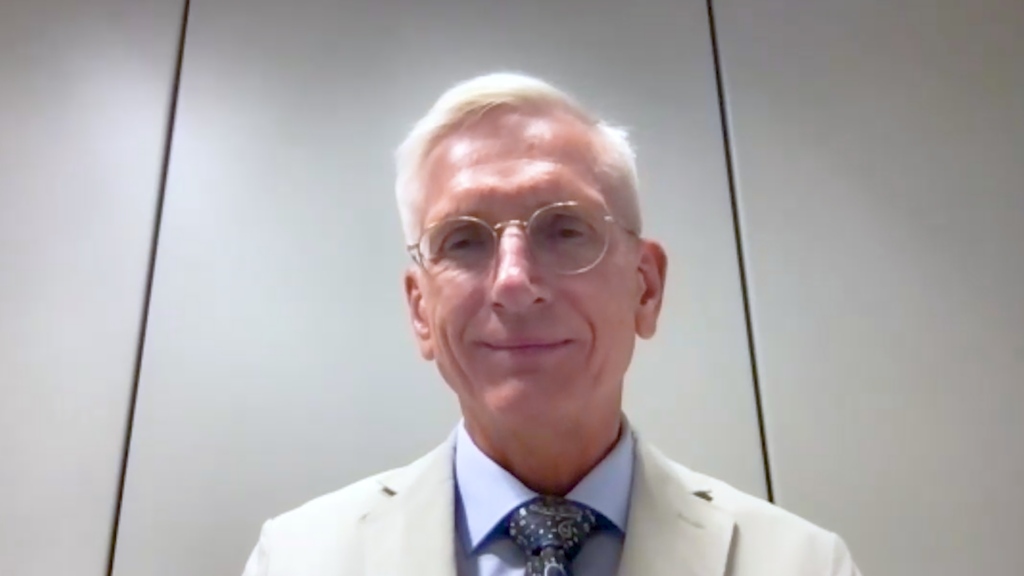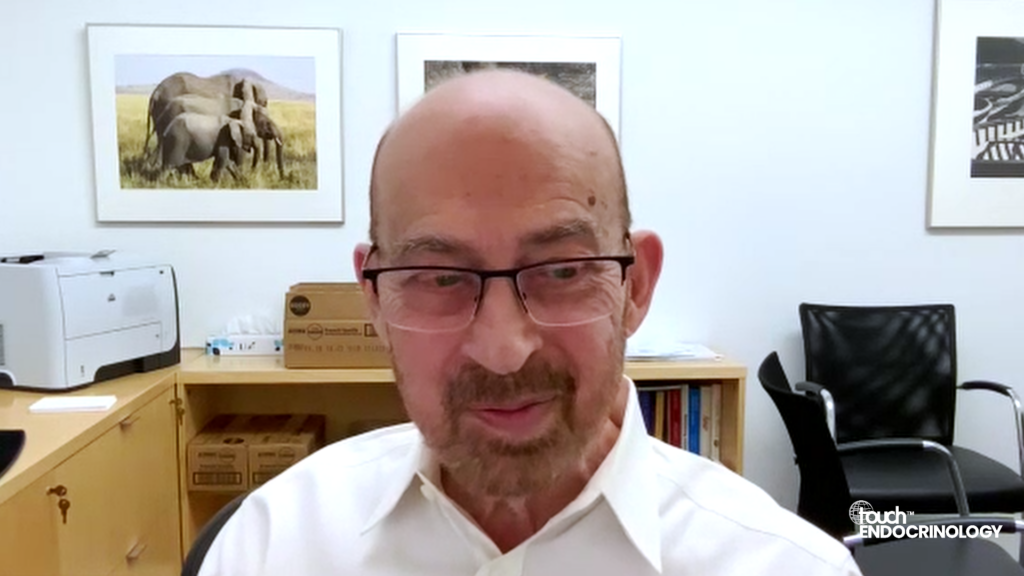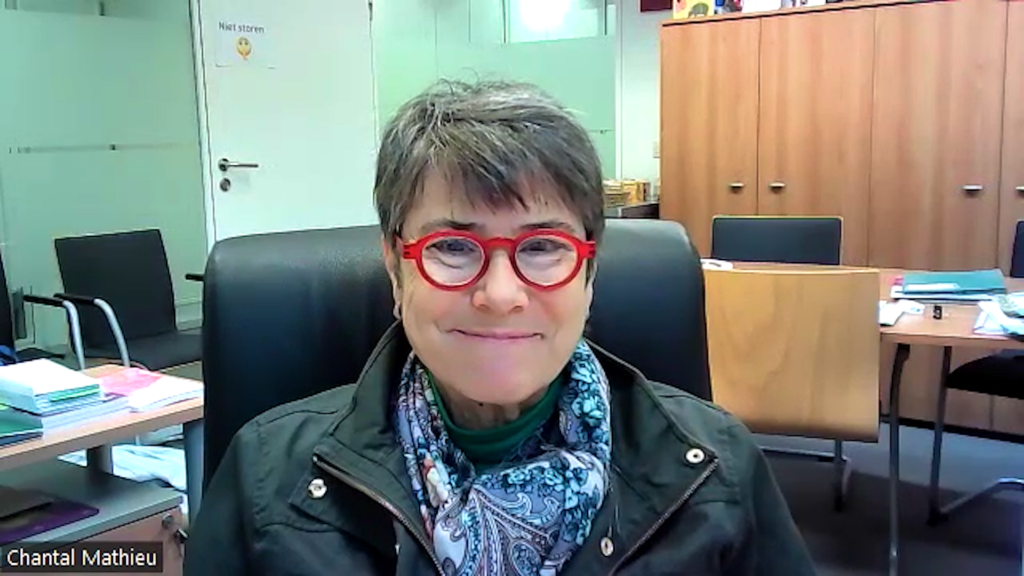A recent study published in the BMJ has revealed a startling increase in the global prevalence of older individuals living with Type 1 diabetes mellitus (T1DM). Over the past three decades, the number of people aged 65 and older with T1DM has surged by 180%, underscoring the urgent need for enhanced healthcare strategies and resources for this demographic.
This extensive population-based study analyzed data from 21 regions and 204 countries, covering a span from 1990 to 2019. Researchers aimed to estimate the burden, trends, and inequalities associated with T1DM among older adults, drawing from the Global Burden of Disease and Risk Factors Study 2019. The findings indicate a significant rise from approximately 1.3 million older adults living with T1DM in 1990 to nearly 3.6 million in 2019.
The study attributes this dramatic increase to several factors, including improved survival rates of individuals with T1DM, advancements in diabetes management, and an aging global population. As people with T1DM live longer, they transition into older age groups, thereby contributing to the rising prevalence observed in this study.
Despite the overall positive trend of increased survival, the study highlights substantial regional disparities in the prevalence and management of T1DM among older adults. High-income regions report better access to healthcare and diabetes management resources, resulting in higher survival rates. Conversely, low and middle-income regions face challenges such as limited access to insulin and other essential medical supplies, impacting the overall health outcomes for older adults with T1DM.
The researchers emphasize the importance of addressing these disparities through global health initiatives aimed at improving access to diabetes care, particularly in underserved regions. Additionally, there is a call for targeted strategies to support the aging population with T1DM, including regular blood glucose monitoring, screening for diabetes-related complications, and comprehensive management plans tailored to the needs of older adults.
This significant rise in the prevalence of older adults living with T1DM presents both challenges and opportunities for the global healthcare community. By acknowledging and addressing these issues, stakeholders can work towards ensuring better health outcomes and quality of life for older individuals with T1DM.
Disclosures: This article was created by the touchENDOCRINOLOGY team utilizing AI as an editorial tool (ChatGPT (GPT-4o) [Large language model]. https://chat.openai.com/chat.) The content was developed and edited by human editors. No funding was received in the publication of this article.
Looking for more diabetes content? Take a look at our latest articles, conference highlights and education.













